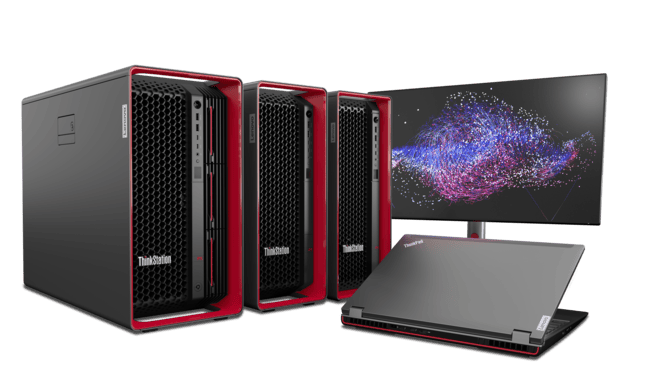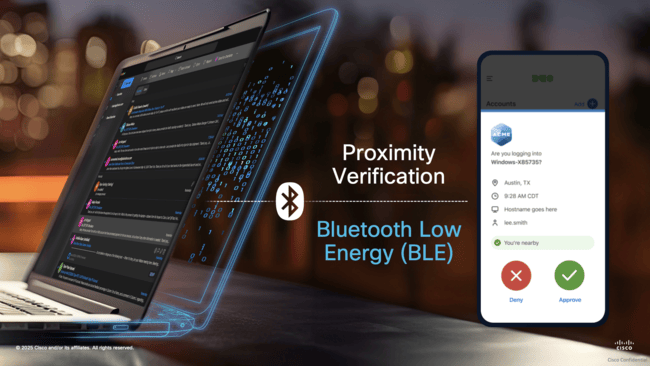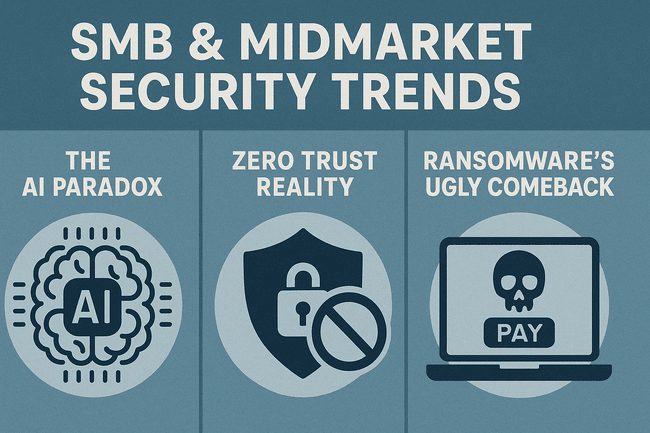From my vantage point as an industry analyst at Techaisle, it's clear the AI landscape has moved far beyond nascent experimentation. We are now witnessing AI deeply embedding itself into the fabric of enterprise operations across diverse industries. This evolution, fueled by an ever-increasing volume and complexity of data, is not just about technological advancements; it's about a fundamental shift that demands specialized, robust solutions that truly deliver business value.
In this dynamic environment, Lenovo AI Workstations emerge not just as powerful tools but as critical and indispensable components within the broader AI compute continuum, spanning from personal AI PCs to massive High-Performance Computing (HPC) clusters and cloud environments. Lenovo has meticulously designed its AI workstations, notably the ThinkStation P Series and ThinkPad P Series, ensuring they serve as the agile, secure, and cost-effective hub for enterprise-grade AI development and deployment.

Techaisle's recent in-depth research with enterprise customers, midmarket firms, and SMBs consistently reveals a critical challenge: organizations are grappling with how to harness AI for tangible business outcomes effectively. They're looking for more than just raw computational power; they need solutions that integrate seamlessly into existing workflows, protect sensitive data, and offer predictable costs.
This is precisely where a hybrid AI strategy becomes paramount. At its core, Hybrid AI is the strategic combination of diverse AI techniques and deployment models, blending the strengths of on-premises infrastructure (like Lenovo AI Workstations and private clouds) with public cloud resources and edge computing. It's not about choosing one over the other, but somewhat intelligently distributing AI workloads where they make the most sense.
Lenovo AI Workstations: The On-Ramp to Operationalized AI for Businesses of All Sizes














